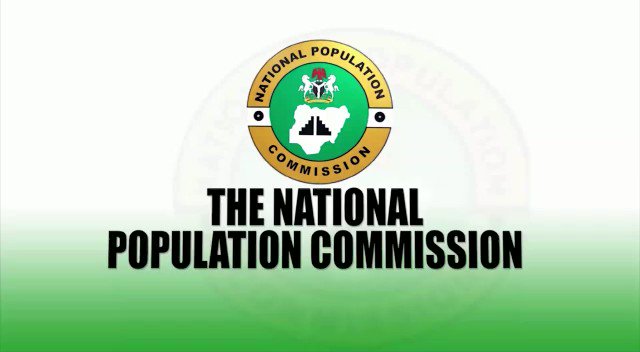In a bid to ensure the success of the 2023/2024 Nigeria Demographic and Health Survey (NDHS) in Gombe State, the National Population Commission (NPC) has called upon residents and stakeholders to actively support the ongoing survey.
The commission’s Chairman, Alhaji Isa Kwarra, emphasized the collaborative nature of the survey’s success during the inauguration of the main fieldworks in Gombe on Wednesday. Represented by Mr Jude Maigari, the NPC Director in the state, Kwarra highlighted the shared responsibility among stakeholders, stressing the importance of community support for the exercise.
Kwarra urged traditional, religious, and community leaders to encourage residents to actively participate in the survey, emphasizing the necessity for patience and accuracy in data collection. He stated, “The survey is being conducted nationwide, and it is crucial to ensure the success of Gombe State’s exercise in line with the survey’s objectives.”
The primary goal of the survey, as explained by Kwarra, is to provide current estimates of basic demographic and health indicators. The survey will cover selected communities across the 11 local government areas of Gombe State, with a commitment to ensuring accuracy and quality data that align with stakeholders’ expectations.
“As we officially launch the 2023-24 NDHS, let’s bear in mind that the impact of our work transcends statistics. It extends to the lives of every individual, every family, and every community in Nigeria,” Kwarra emphasized, highlighting the broader implications of the survey.
Mr. Adeleke Balogun, the Gombe State Coordinator for the 2023 NDHS, Federal Ministry of Health, emphasized the survey’s potential to enhance interventions in the health sector and improve the overall well-being of citizens. Balogun underlined that the NDHS would provide crucial insights into healthcare needs, enabling the government to allocate resources and invest in initiatives promoting the health and well-being of Nigerians.
The NDHS specifically aims to collect information on fertility, awareness and usage of family planning methods, nutritional status of women and children, maternal and child health, as well as adult and childhood mortality.



